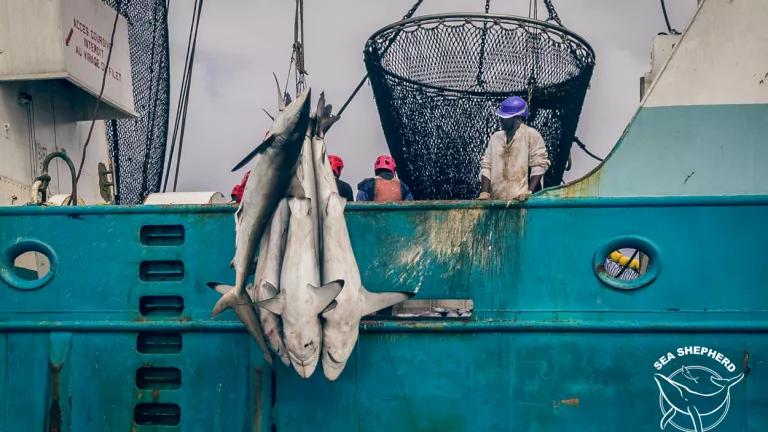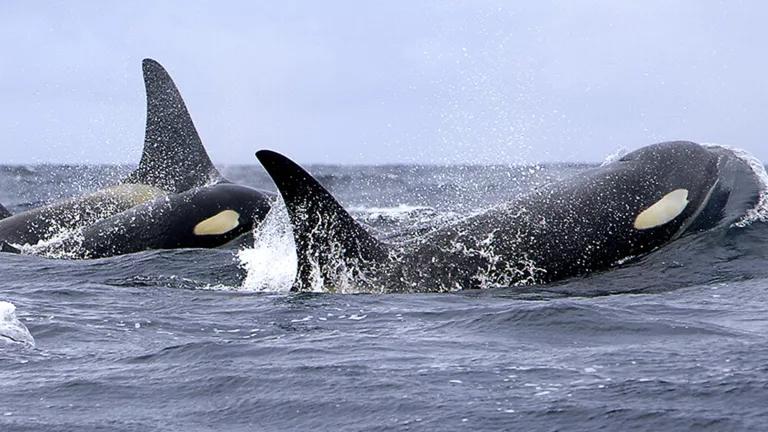Vineyard Wind Protects Right Whales While Building a Clean Energy Future

A landmark agreement ensures that dozens of new wind turbines will help lower carbon emissions—without threatening the endangered North Atlantic right whale.
Vineyard Wind, the company behind a proposed 84-turbine project off the coast of Massachusetts, finalized an unprecedented conservation agreement today that helps protect the critically endangered North Atlantic right whale while advancing clean energy.
The agreement—between Vineyard Wind, NRDC, the National Wildlife Federation, and the Conservation Law Foundation—ensures that turbine construction will be curtailed in the winter and early spring, when right whales may be in the area. The company will also closely monitor whether whales are near the site and will limit construction noise—which can impact the whales’ ability to communicate, find food, and navigate.
“This innovative agreement is proof that we can grow the clean energy we need to power our homes and businesses,” says Nathanael Greene, a renewable energy advocate at NRDC, “and at the same time protect vulnerable wildlife like the iconic North Atlantic right whale.”
Only about 400 right whales remain on the planet. For decades, the species has faced threats like entanglement with fishing gear, vessel collisions, and potential seismic blasting. Scientists now say the right whale could become functionally extinct within 20 years. Vineyard Wind’s conservation efforts establish a template for protecting marine mammal when pursuing future offshore wind projects, which are a necessary component of transitioning away from climate-warming fossil fuels. When complete, the Vineyard Wind facility will generate 800 megawatts of electricity, enough to power more than 400,000 homes with clean energy.



